Breaking Into Tech: 2025 IWD Reflections from WomenTechmakers Scotland on AI, UI Design, and RESTful APIs
Breaking Into Tech: 2025 IWD Reflections from WomenTechmakers Scotland on AI, UI Design, and RESTful APIs
Getting into tech from a non-tech background can sometimes feel boring and tiring, especially when you’re focused on building skills that require you to create products using code. You also have to learn programming languages like Python, JavaScript, HTML, CSS, etc.
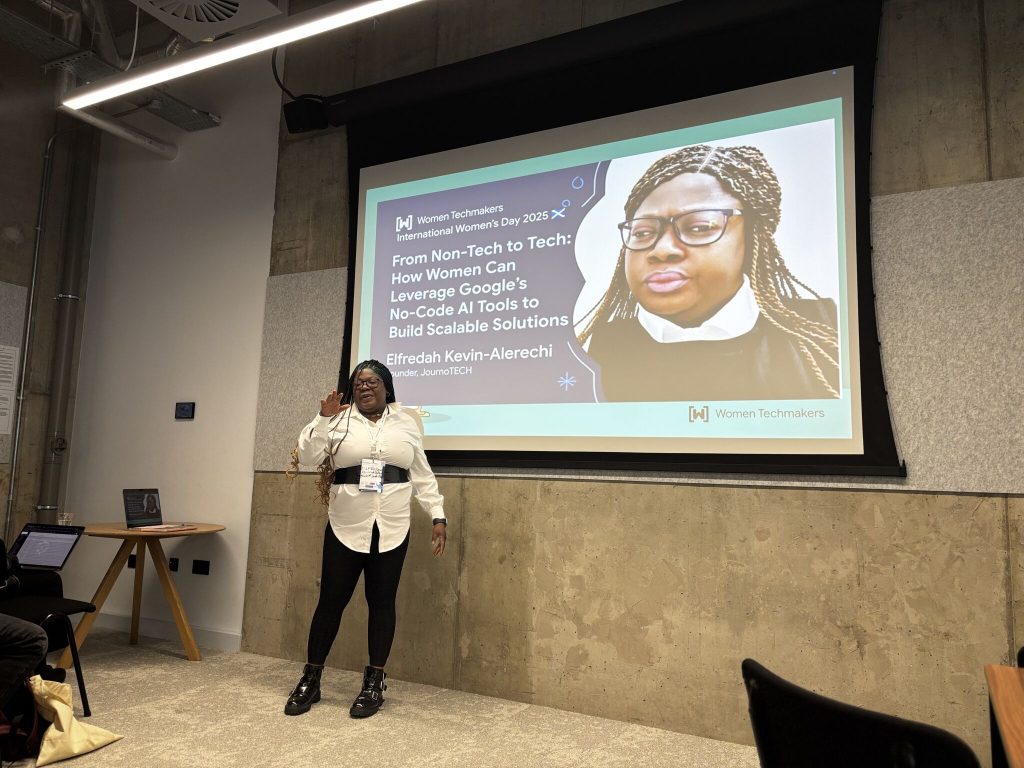
Well, just so you know, that part where non-tech professionals struggle with learning programming languages is becoming a thing of the past—thanks to the rise of Artificial Intelligence (AI). This was the focus of my talk at the 2025 Women Techmakers Scotland International Women’s Day celebration on March 15 in Glasgow, where hundreds of women came together to hear from both young, aspiring professionals and experts in tech.
During my session, I spoke about different Google AI tools that non-tech women—or anyone looking to transition into tech—can use to grow their skills and build a strong portfolio.
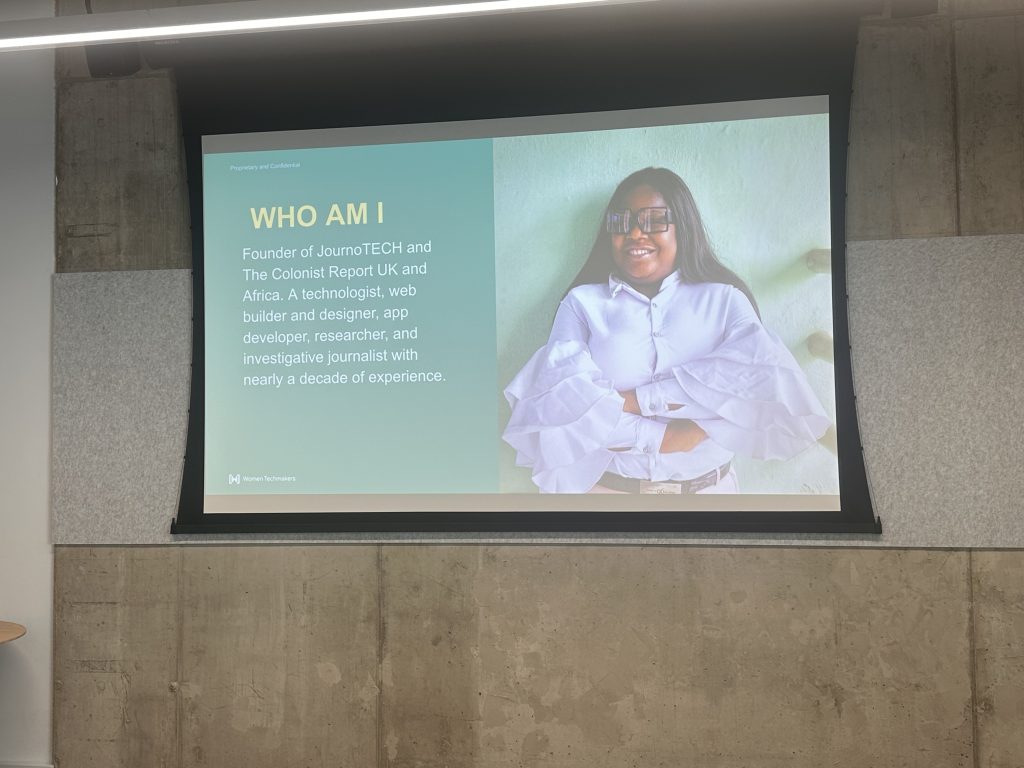
One important example I shared was The Colonist Report Africa investigation, where we used Gemini to scrape and analyze more than 3,000 documents.
My talk, titled “From Non-Tech to Tech: How Women Can Leverage Google’s No-Code AI Tools to Build Scalable Solutions,” attracted aspiring tech professionals, educators, and entrepreneurs who were curious about how to break into tech without needing to code.
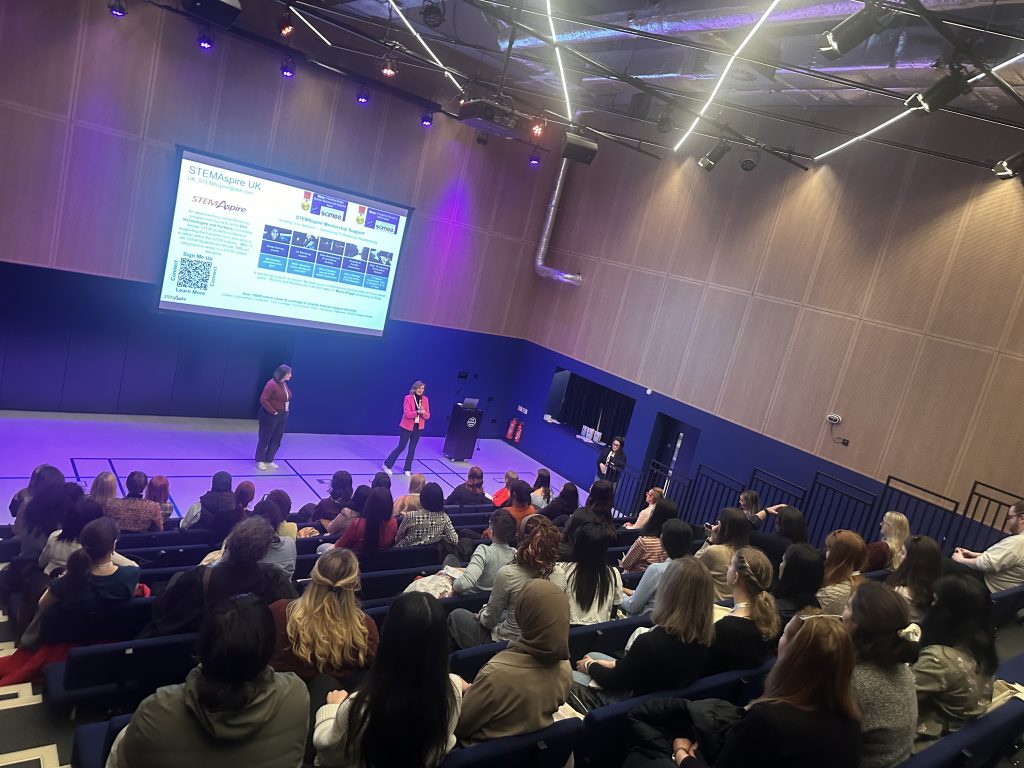
With Google’s no-code or low-code platforms, we can now build apps, websites, and even AI-powered products—and upload them to app stores like Apple and Google Play.
I highlighted three Google tools where AI plays a major role in helping non-tech professionals: AutoML, AI Studio, and FlutterFlow.
Flutter
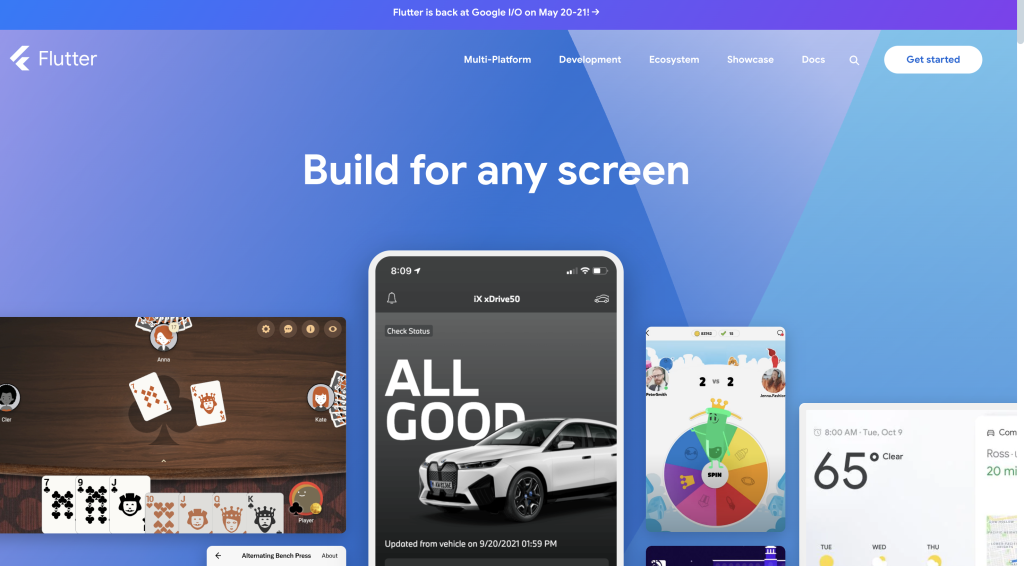
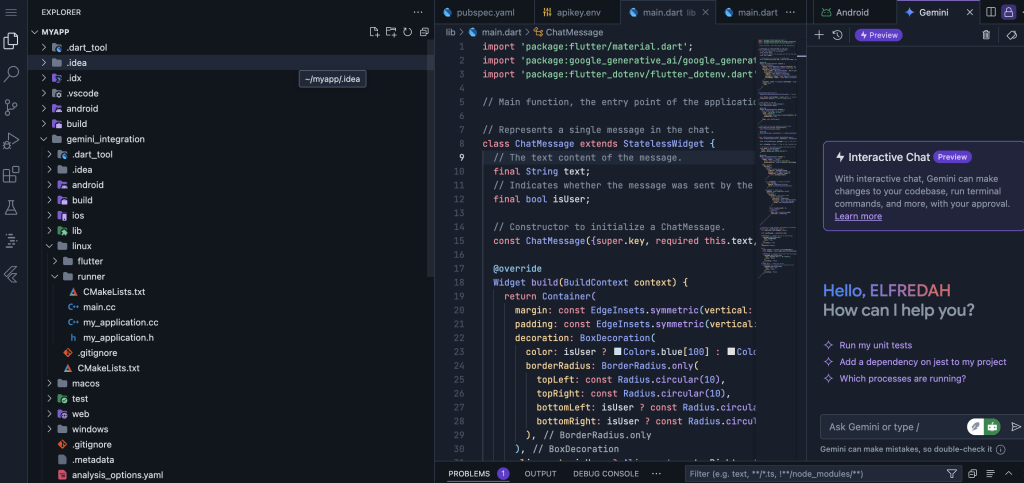
Flutter is one of Google’s tools for building mobile apps. Installing Gemini in your Flutter app makes it even easier to navigate the development process. With basic prompt engineering skills in Gemini, you can get clear directions and code for various files and folders, including where to place your API key—which must be stored securely in a folder like .env. When your API key is stored securely in .env, even if you share your project or upload it to an open-source platform, no one will see your API key.
AutoML (Vertex AI)
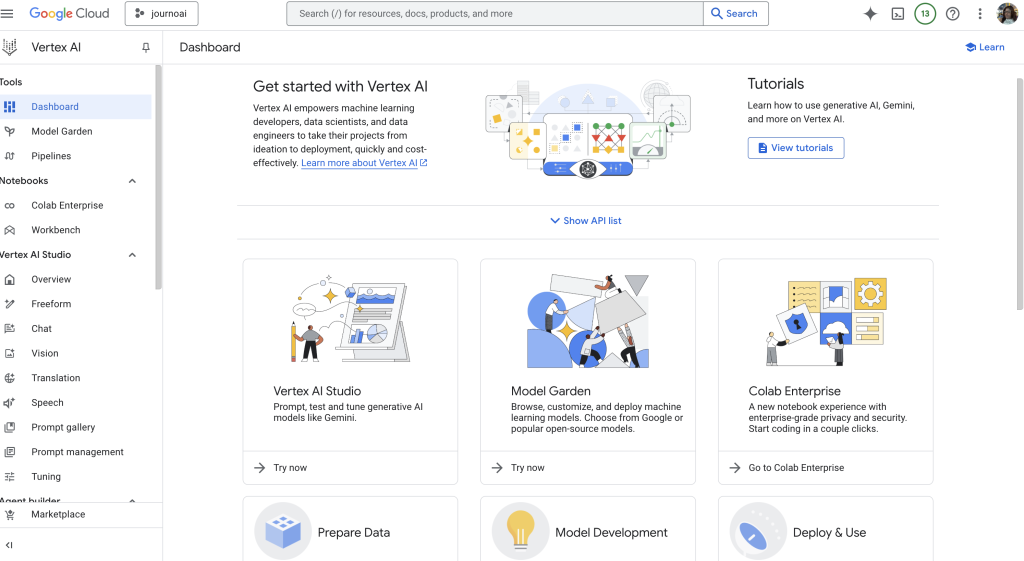
AutoML is a no-code tool that lets you train custom AI models without writing any code. Honestly, this is one of my favorite tools because it’s simple and very effective. Once you know what you want to build, you just upload your data, and AutoML takes care of the rest—it builds, trains, and optimizes your AI model for you. It’s great for image recognition, text analysis, and making predictions—all without coding!
But it’s important to know exactly what you want to achieve before choosing which tool to use.
AI Studio
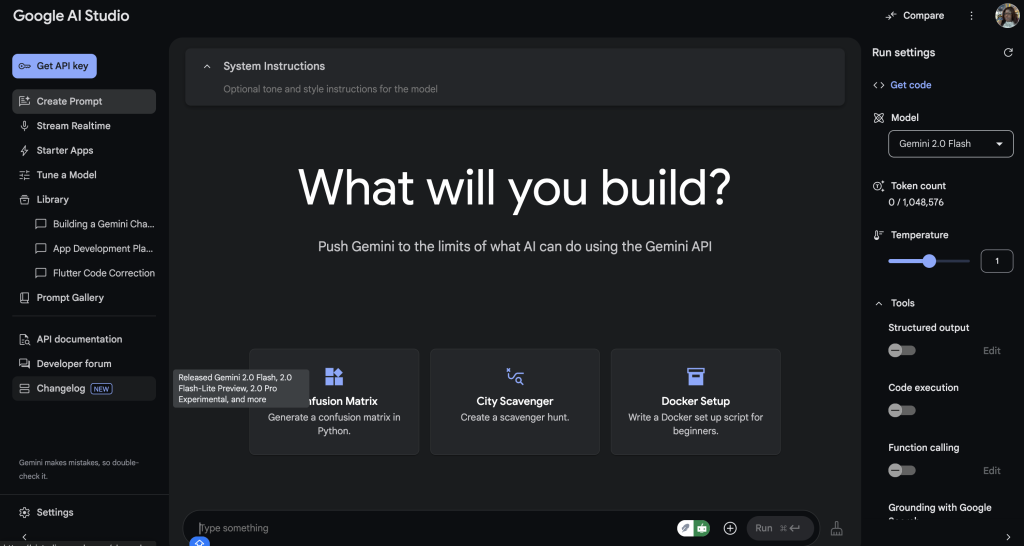
AI Studio (Gemini AI API Playground) is a no-code/low-code tool that allows users to explore Google’s Gemini AI models. You can generate text, get answers, and build AI-powered chat apps. It’s great for content creation, automating tasks, and building chatbots—no coding required! I found it very useful because it helps you quickly test what works best for your project.
My key message was:
“Scaling up your tech skills is not enough—make them visible! Take action and let the world see your expertise.”
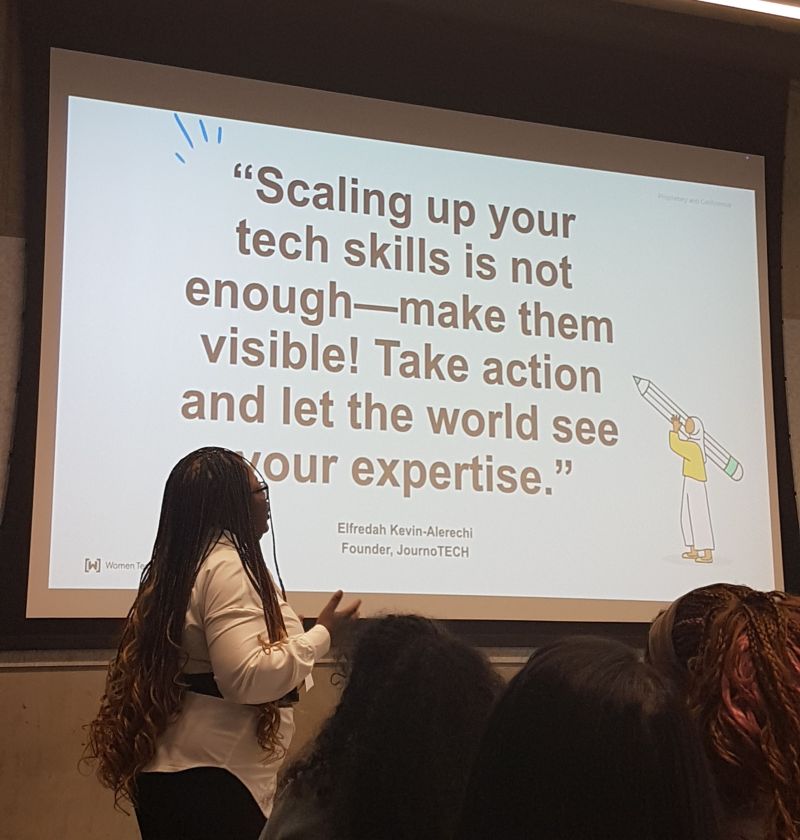
I encouraged attendees to start small, share their work, protect their API keys, and stay visible online.
“Even if your posts get no likes, someone is watching. Keep going.”
Many people said they felt empowered by my session. It showed that breaking into tech is possible, no matter where you’re starting from—even if you’re just beginning and unsure where to start with AI.
This was one of those events where I wished I could split myself into different pieces just to attend every session. Based on the conversations I had and the energy in the room, other sessions were just as exciting and insightful.
My Technical Love
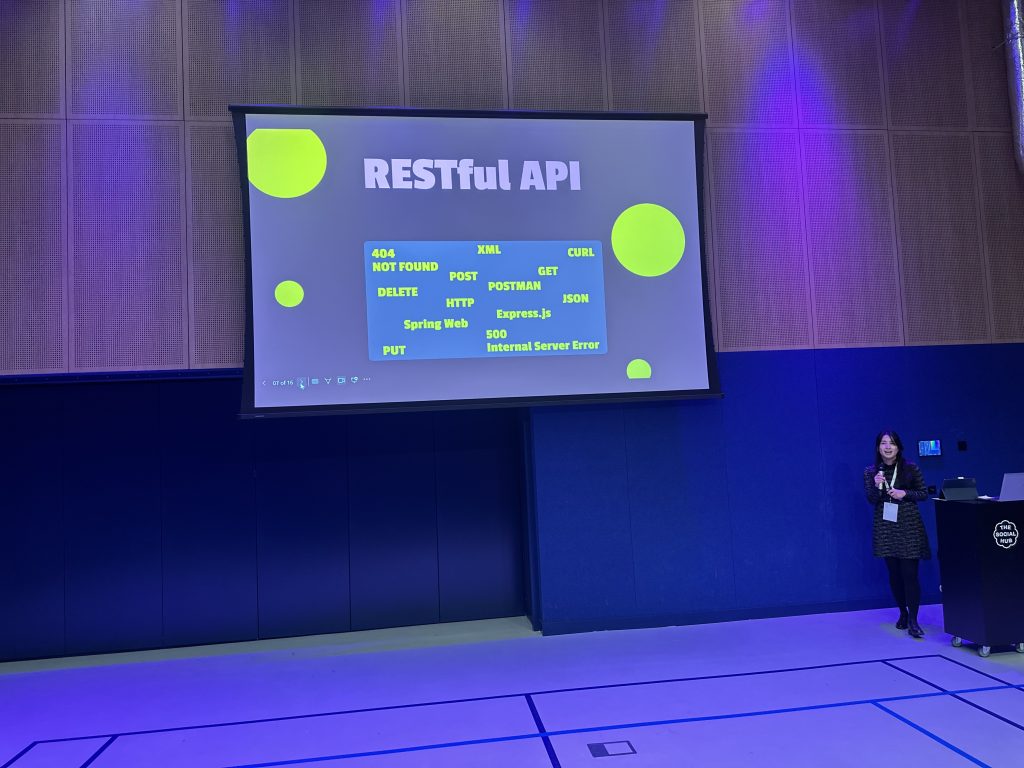
One game-changing session for me was learning about RESTful APIs from Cheng Hsin Ping Iris, Senior Product Associate at JP Morgan. As someone involved in web and app development—and who also trains others on API security—this session opened my eyes.
I now understand that building a RESTful API involves creating endpoints that allow users to access, send, or modify data using simple HTTP methods like GET, POST, PUT, and DELETE.
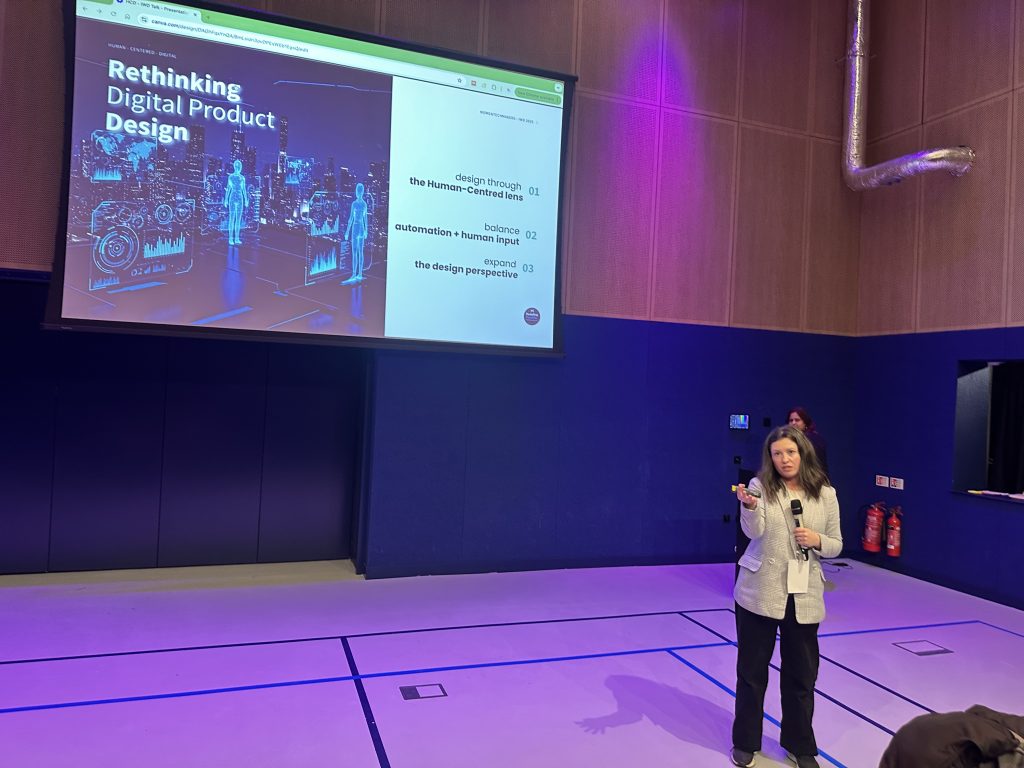
Another takeaway came from Elena Dumitrana, Product Principal at AND Digital and a PhD researcher in Engineering & Design. I found her session really insightful. As someone who designs products for users, it reminded me how important it is to involve users in the process. She emphasised considering several factors before finalising any product.
“When getting feedback from users about the product design, don’t just take the first feedback—wait for others and compare everything before making a final decision. Technology is taking us in new directions,” she said, “but we must be mindful of the process when building products.”
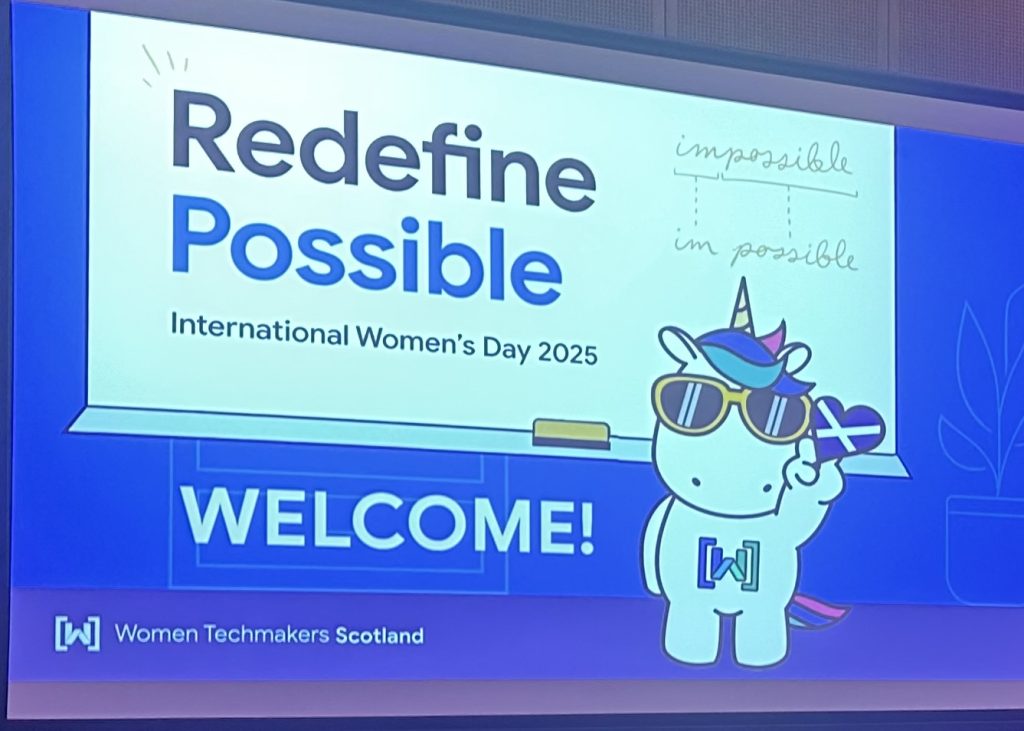
Delia Paternina, a software engineer and Google Developer Group Glasgow member, gave a great session on Chakra UI. It was my first time hearing about Chakra UI, and when she showed screenshots of the platform during her talk, I got really interested in trying it out. Chakra UI is a React component library that helps you build responsive, accessible, and customizable interfaces with features like style props, theming, and dark mode.
Personal Growth and Diversity Inclusion
Personally, I felt inspired by every session I attended. One highlight was from Ufonabasi Umo, Scotland Women in Tech Rising Star Award winner 2024 and Associate Software Engineer at J.P. Morgan. She encouraged women to explore the future of AI and connect with more AI communities that support women.
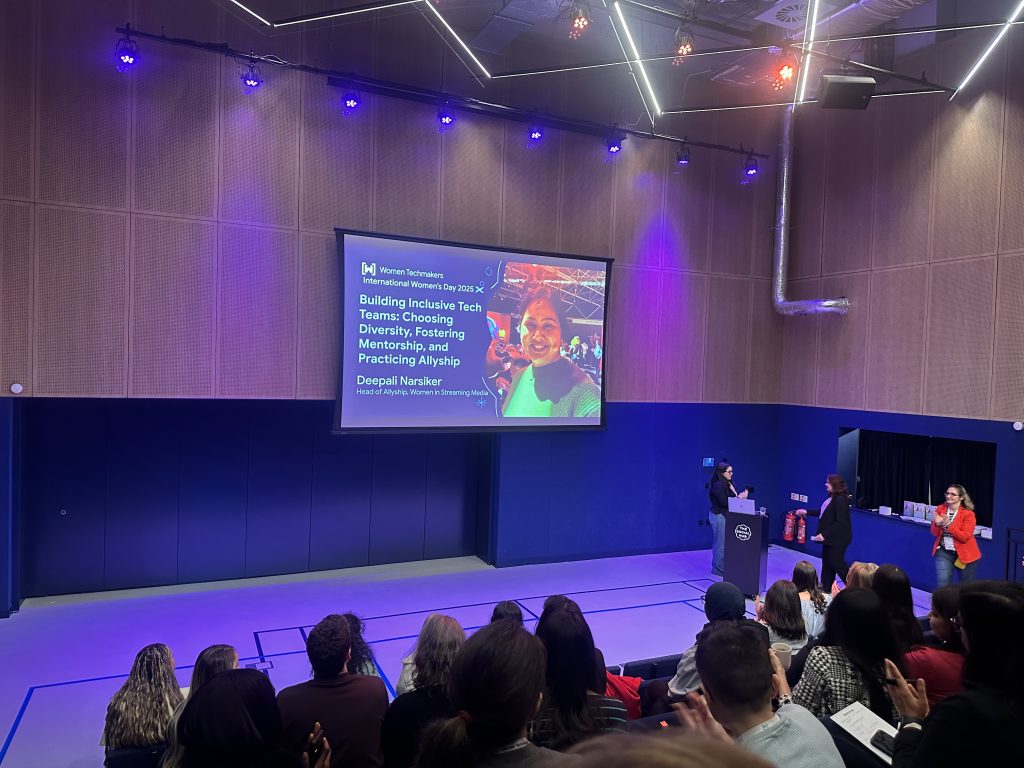
Another impactful session was by Deepali Narsiker, who stressed the importance of building inclusive tech teams. I found her perspective valuable. If we want to achieve big goals and build meaningful products, we must have diverse teams to help close existing gaps.
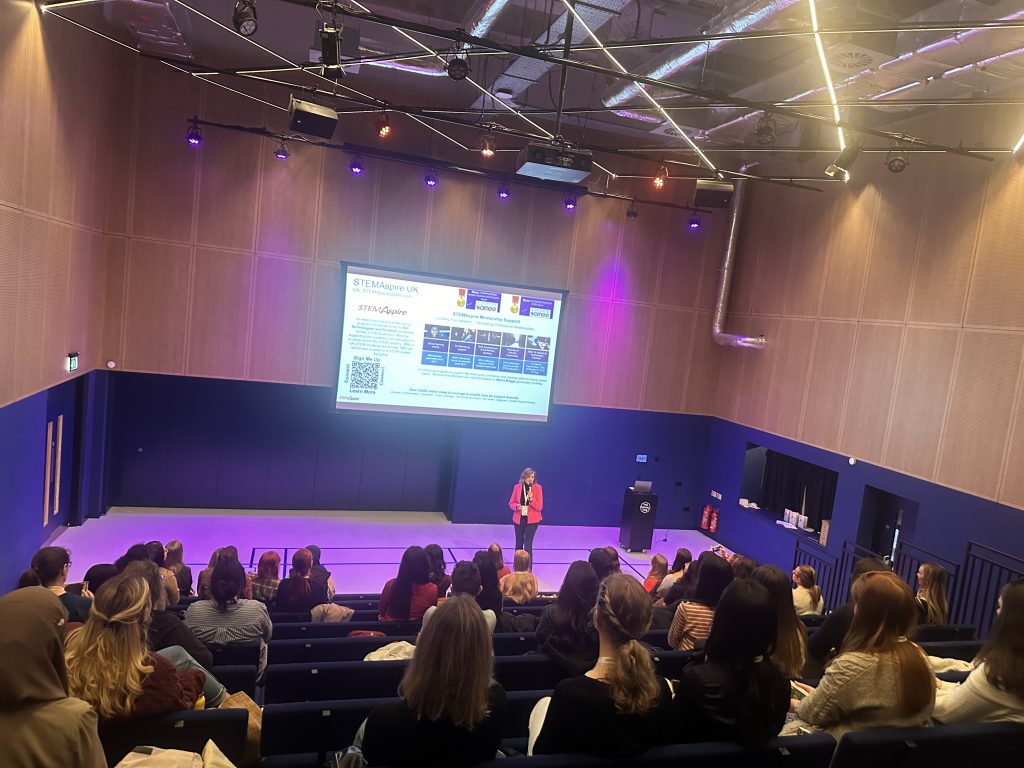
I also learned a lot from Lorna Ingram, Learning and Development Director at Dell Technologies. She shared how Dell has increased its number of female employees compared to 20 years ago. She talked about how Dell supports girls in STEM through its STEMAspire UK programme. For me, the key takeaway was the importance of helping women transition into STEM careers.
I wasn’t the only one who found these sessions educational. People enjoyed my talk, but judging from the posts shared by other attendees, the other sessions were also informative and eye-opening.
The 2025 Women Techmakers Scotland International Women’s Day event was truly inspiring, educational, and full of valuable networking opportunities.



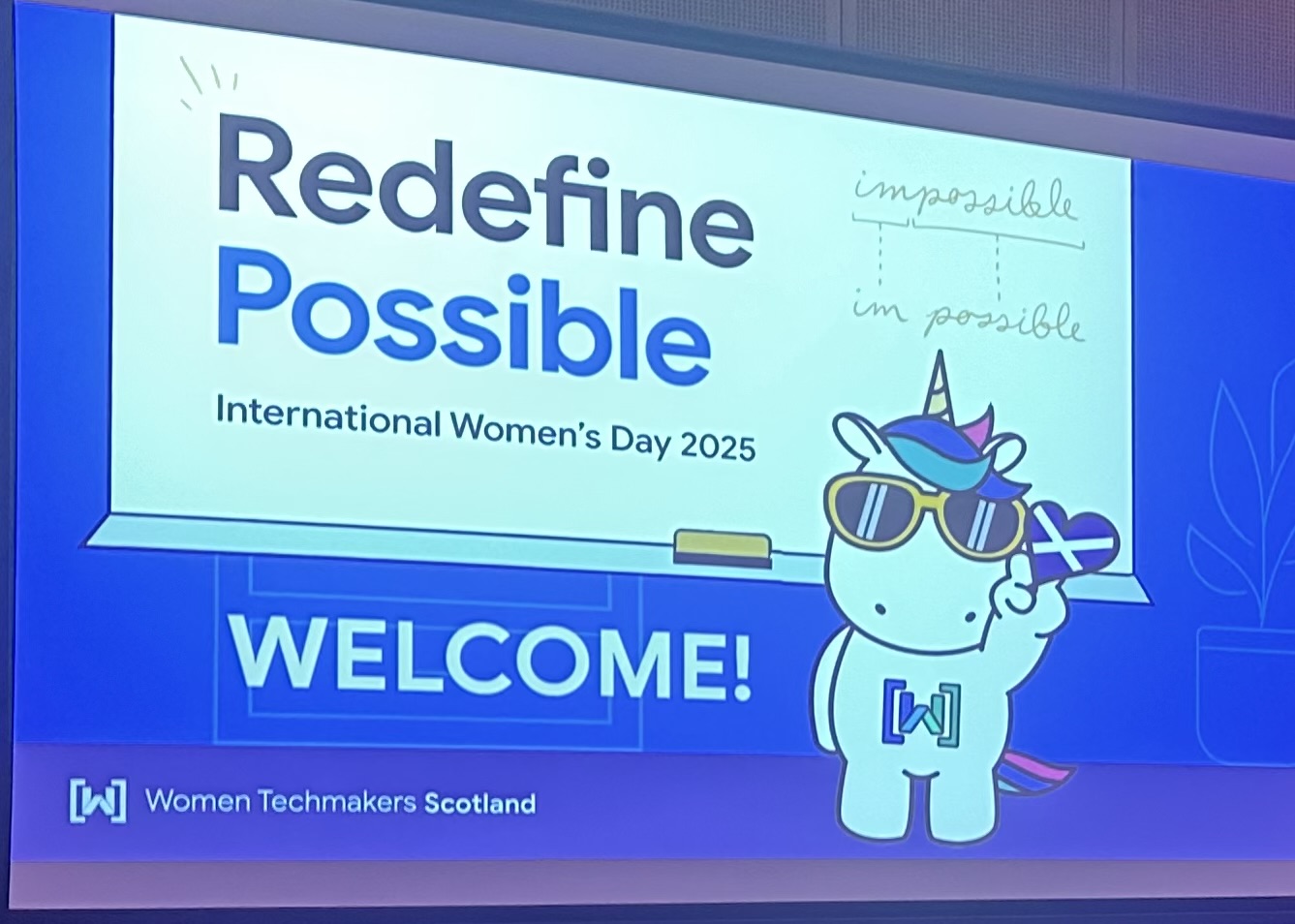
Leave a Reply